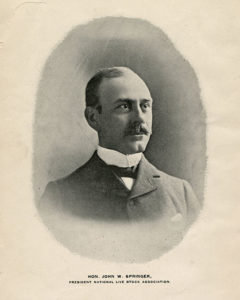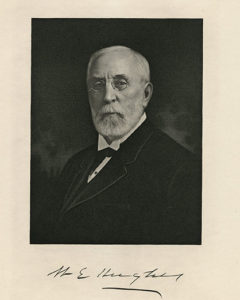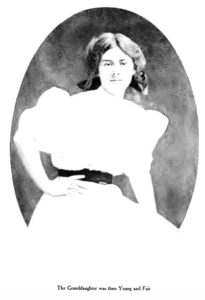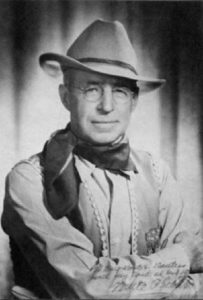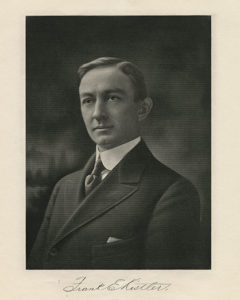John Wallace Springer had a way with words. At the early age of 19, after delivering a moving speech on statesmanship to his graduating class at DePauw University, he was hailed as a great orator, a title that would stay with him his entire life. Born July 16, 1859 in Jacksonville, Illinois, John aspired to follow in the footsteps of his father, a practicing lawyer, and his uncle, a well-known United States congressman.
Shortly after arriving in Denver in 1896 with his wife Eliza Hughes, daughter of wealthy banker and cattleman Colonel William Hughes, John immersed himself in local law and politics. He even conducted an unsuccessful campaign for mayor in 1904, an election that is still known today as being among the most corrupt in Denver’s history. Unfortunately, the election was not the only loss John would suffer, as the death of his wife Eliza, who battled tuberculosis most of her life, occurred only days after the final votes were counted.
In addition to law and politics, John enjoyed a passion for horses, especially show horses. In 1897, he began purchasing several small ranches south of Denver, including the Rotherwood farm. He then consolidated the properties into his 12,000-acre Springer Cross Country Horse and Cattle Ranch, upon which he raised rare German Oldenburg coach stallions.
John conducted a remodeling of the small farmhouse, adding a large living room and turret which gave the home a castle-like appearance. In 1907, he married a young woman named Isabel Patterson and displayed his devotion to his new bride by naming the home Castle Isabel.
Isabel would bring scandal and heartache to John only a few years later through her involvement in a love triangle that culminated into a murder at Denver’s Brown Palace Hotel in 1911. He divorced her days later, sold his ranch to first father-in-law Colonel William Hughes in 1913, and disappeared from the public eye.




